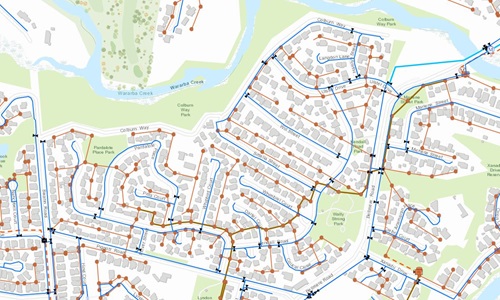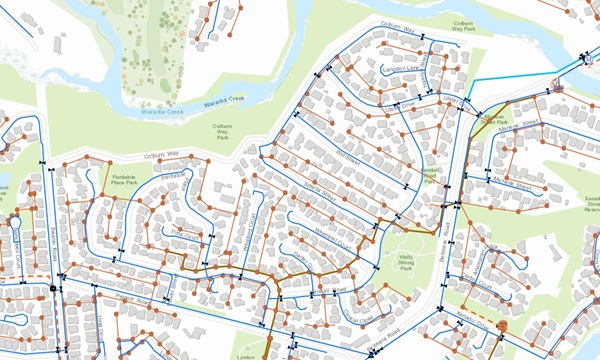Holiday closure
For Detailed Infrastructure Plan requests
This holiday season, the last date for submitting Detailed Infrastructure Plans (DIPs) for processing will be Friday 19 December. No DIPs will be processed from Wednesday 24 December. We will begin processing requests again on Friday 2 January.
A Detailed Infrastructure Plan (DIP) provides water and sewerage infrastructure location information
Use our guided steps below in order to get the most relevant information for your property.
Further information: requesting a DIP
Cost of a DIP: Please visit our pricing page under GIS Mapping Services to view the current price for a DIP.
Time frame: The plan will be issued within 5 working days.
No refunds: Refunds are not available for search requests that return no results so make sure your property is captured in our records first.
Make sure we have your property captured in our records. Before requesting and paying for a Detailed Infrastructure Plan (DIP), we urge customers to search for the address in the online mapping tool.
- If you find your property on the map and you can see blue and orange lines running near the property (example below), indicating Unitywater infrastructure, you can order a DIP.
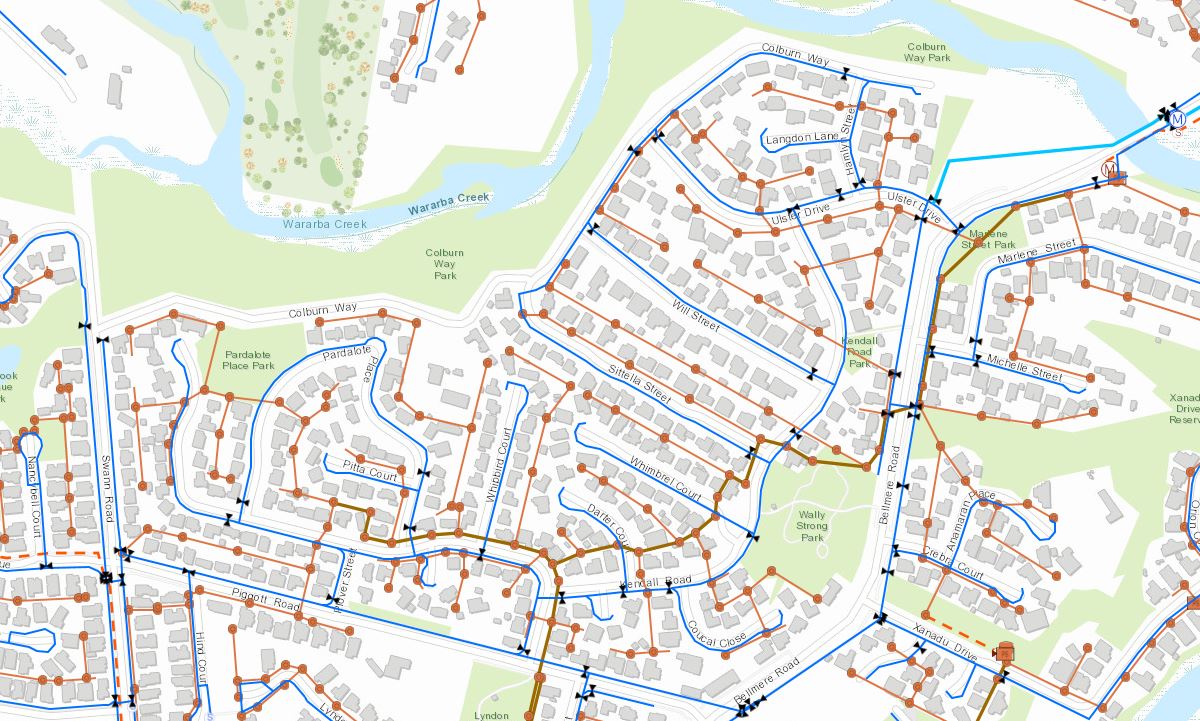
- If you find your property on the map, however you cannot see any blue or orange lines running near the property (example below), do not order a DIP. This indicates there is no Unitywater infrastructure on or near your property.
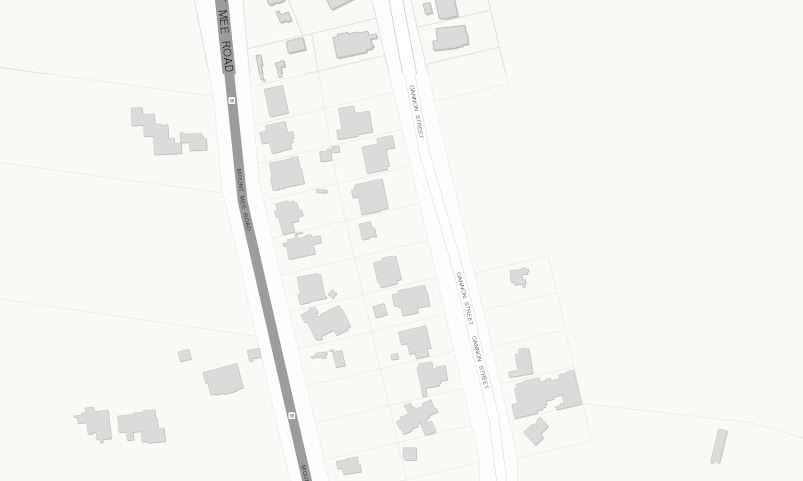
- If you cannot find your property on the map, do not order a DIP. This indicates Unitywater has not received the necessary information to update our records. This can happen in the case of new developments or housing estates. Please contact the property developer to discuss.
A Detailed Infrastructure Plan will show the precise locations of water main, sewer mains and maintenance holes. Specifically, it will show the following asset information:
- maintenance hole surface levels
- gravity pipe invert levels
- gravity pipe size, length and material
- water pipe sizes/material.
- A Detailed Infrastructure Plan is not guaranteed to display your house connection point. This will be provided where available. If it is not available, please check with your local council for your internal house drainage plans.
- The plan does not show your internal house drainage, this can be requested through your local council.
- The plan will not show you the depth of pipe or the actual measurement of the distance to the boundary, however the map is to scale and can be measured.
How to calculate average depth
- Upstream Maintenance Hole Surface Level (SL) minus Upstream Invert Level (USIL) of main = depth measurement 1
- Downstream Maintenance Surface Level (SL) minus Downstream Invert Level (DSIL) of main = depth measurement 2
- Add the two depth results together and divide by two for average depth.
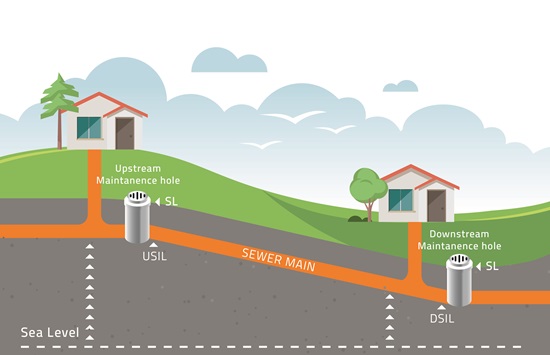
If your plans now show that you will be building over or near Unitywater’s water and sewerage infrastructure or a Unitywater easement, it is likely that you will need approval before construction starts.
Find out more about how to apply to build over Unitywater pipes and easements.
- If you have ordered a Dial Before You Dig plan, a Detailed Infrastructure Plan and drainage plans from council but you're still in doubt over the location of water and sewer infrastructure, you can arrange to have the pipes mapped with CCTV at your cost. Unitywater does not offer an asset identification service.
- Unitywater does not have Flood Plans and stormwater plans, please refer to your local council.
- To find out about recent sales data, property boundaries, easements, street location and titles information please visit the Department of Natural Resources, Mines and Energy (DNRME).
- Assets belonging to Main Roads or Queensland Rail will not be provided on Dial Before You Dig plans because these bodies are not members of the DBYD group. To request DTMR (Department of Transport and Main Roads) asset information, please email planroom@tmr.qld.gov.au. To request Queensland Rail (QR) asset information, please go to the QR web page.
You might also be interested in
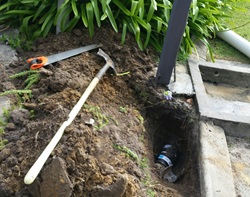
Building over or near infrastructure
.jpg?as=1&h=197&iar=1&w=295&sc_lang=en&hash=67F6E50EC98AF63B009214A006BD9B75)
